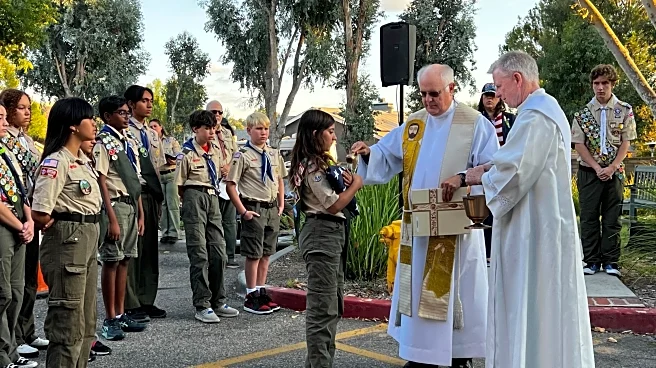Notre Dame Cathedral has been guided by various leaders who have shaped its history and ensured its preservation. From its initial construction in the 12th century to its restoration efforts in the 21st century, leadership has played a crucial role in maintaining the cathedral's status as a cultural and religious icon. The decisions made by these leaders have influenced the cathedral's architectural style, its role in historical events, and its resilience in the face of challenges.
Leadership Context
The leadership of Notre Dame Cathedral has evolved over the centuries, beginning with its founding by Bishop Maurice de Sully in 1163. His vision for a grand Gothic cathedral set the stage for the architectural innovations that would define Notre Dame. Subsequent leaders, including architects and church officials, have continued to guide the cathedral's development and preservation.
Decisions and Strategies
Key decisions in Notre Dame's history include the restoration efforts led by architect Eugène Viollet-le-Duc in the 19th century. His controversial yet impactful work incorporated new elements and motifs, ensuring the cathedral's structural integrity and aesthetic appeal. More recently, leadership has focused on restoration following the 2019 fire, emphasizing the importance of preserving historical authenticity while incorporating modern safety measures.
Outcomes and Accountability
The outcomes of leadership decisions at Notre Dame are evident in its continued status as a major tourist attraction and cultural landmark. Leaders have been accountable for maintaining the cathedral's architectural integrity and ensuring its accessibility to the public. The successful restoration efforts following the fire demonstrate effective leadership in crisis management and cultural preservation.
Lessons for U.S. Audiences
U.S. audiences can learn valuable lessons from Notre Dame's leadership in cultural preservation and architectural innovation. The cathedral's history highlights the importance of visionary leadership in maintaining historical landmarks and adapting to modern challenges. The restoration efforts serve as a model for preserving cultural heritage while embracing contemporary safety and accessibility standards.
 Discover Daily • 8 min read
Discover Daily • 8 min read 











